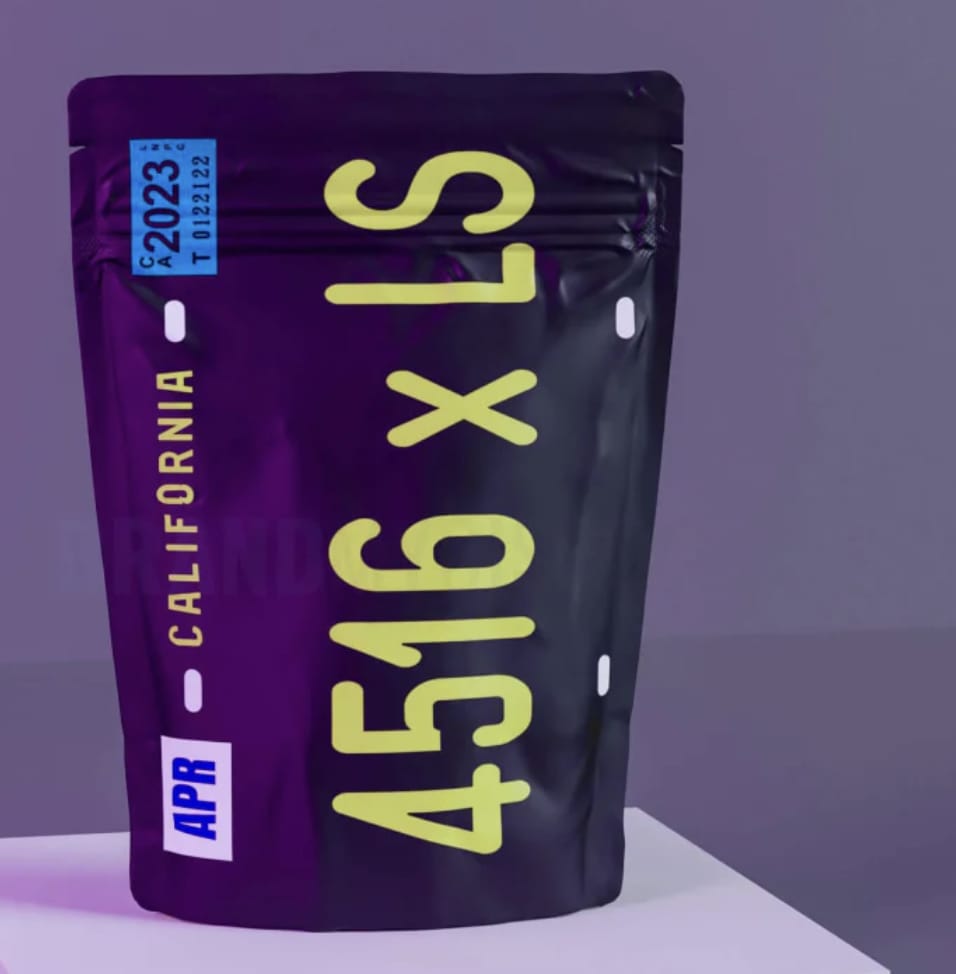The 5 dollar American bill is a paper that does not just possess a monetary worth. This note is a true treasure trove of history, art, security technology beyond its daily usage in transactions. For those who are interested in currency, American history buffs as well as people interested in understanding finances better, the five-dollar bill contains an intriguing outlook into how money has been conceived and what it currently is on American soil.
In this article, we will delve into the elements of the five-dollar note including its elaborate patterns and protective features. We shall also take a walk down memory lane to comprehend how it has developed over time.This will help us to understand the denomination properly and check fake money of this denomination.
A Brief History of the 5 Dollar American Bill
American currency has been using the 5 dollar American bill continuously since the time of its first issuance during the Civil War, in 1861. The initial person to be featured was Alexander Hamilton, who was the very first Secretary of the Treasury. However, it was not until 1929 that Abraham Lincoln’s face became recognizable – a design that lives on through today.
The importance of the $5 bill is put into context by understanding its historical background. It was launched to help finance the Union in the war, marking an emblem of endurance and oneness. Throughout the years, that particular banknote has undergone numerous redesigns which have all mirrored the artistic and security requirements prevalent at different times..
Today, the $5 bill remains a vital component of the American economy, offering utility and serving as a piece of living history.
Features Overview
Front Design
Abraham Lincoln’s face is imprinted on the front side of the five dollar note which is a representation of America’s 16th president. It serves as an incarnation of his lasting presence through time. His impassive features convey self-restraint while he stands staunchly upright. There are also very fine prints surrounding him saying “FIVE DOLLARS ”and “USA” in order to prevent fake money from attempting to duplicate them.
Back Design
In happy circumstances, flipping the dollar bill over, you will encounter an image of Lincoln Memorial that honors the president who safeguarded the Union. At the sides are words that include states which featured within the Union during Lincoln’s presidency. When added to this money, it becomes something other than a simple piece of paper money.
Security Features
The latest $5 notes incorporate state-of-the-art protective aspects to prevent producing fake money. They carry Lincoln’s image used as a watermark, as well as a designated security strip sensitive to UV light that emits blue as its emission color and displays within numeral value representation different shades, shading away from ‘five’ which is found at lower right side. Such methods render duplication almost impossible, thus preserving their purity from contamination by means of circulation.
Historical Significance
Notable Figures
Abraham Lincoln, standing out on the $5 bill, is a character of great historical relevance. His administration during the Civil War and his campaigns for the end of slavery are notable parts of American history. In addition, the Lincoln Memorial at the back side affirms his imprint on history and therefore, this note is an honor to him.
Design Evolution
Since the beginning, the $5 bill has gone through several redesigns. Every variation represents progress in printing technology and changing artistic taste. To illustrate, in 1929 the redesign changed the size of all banknotes to smaller, more uniform dimensions in an attempt to minimize production costs and increase banknotes’ ease of use.
Landmarks
Depicted on the reverse side, the Lincoln Memorial does not merely pay homage to Lincoln but stands to symbolize American principles. Established in 1922, this monument has served as a venue for many important occurrences, such as Martin Luther King Jr.’s famous “I Have a Dream” address. Inscribing this monument into the five-dollar bill connects it with more prevailing notions of liberty and justice for all in United States history.
Conclusion
Today, the 5 dollar American bill is an important part of our nation’s past as well as technological and artistic development. It also helps us to do the simple things like buying fresh food or fuel in gas stations. Since the time it started circulating in 1861 until now, this currency has changed with time but remained a true original across different eras according to writers who analyze American history through examining currency over time.






